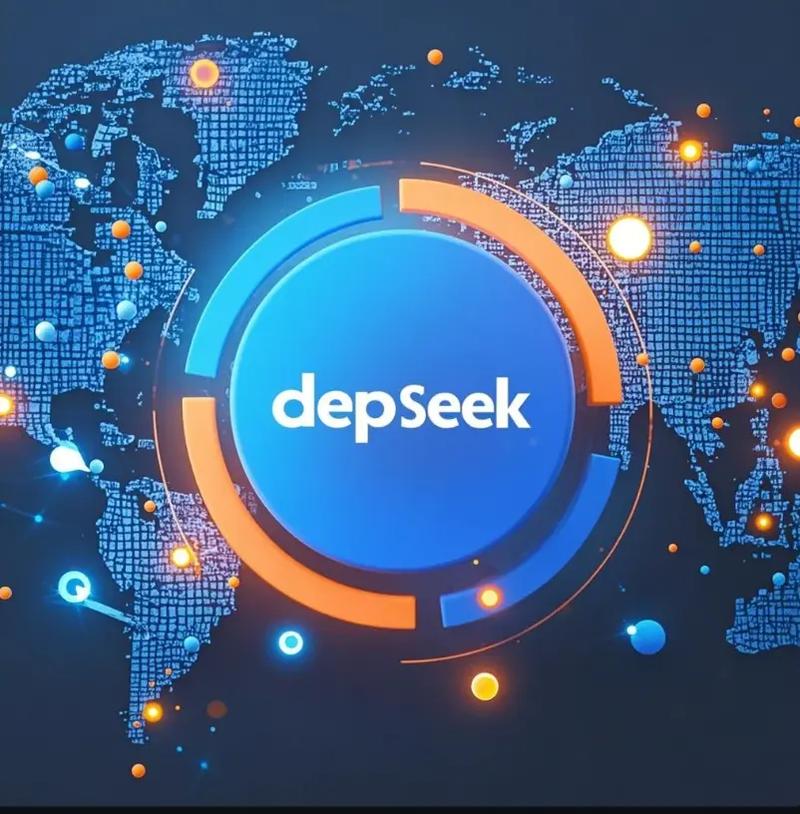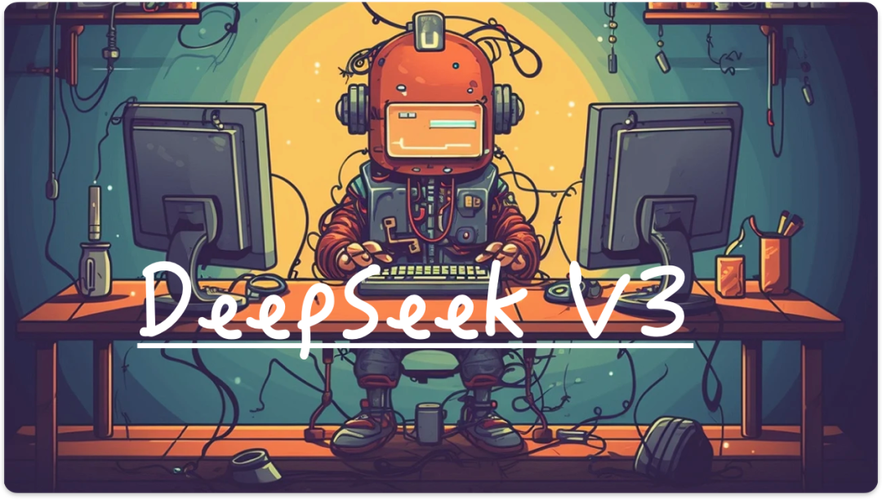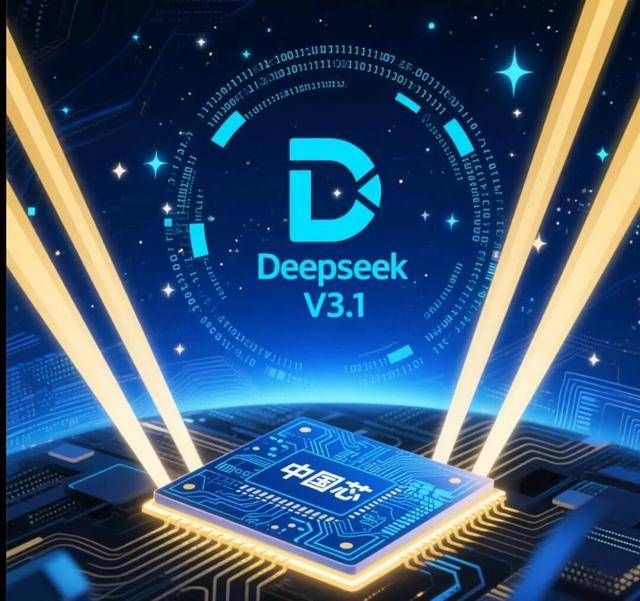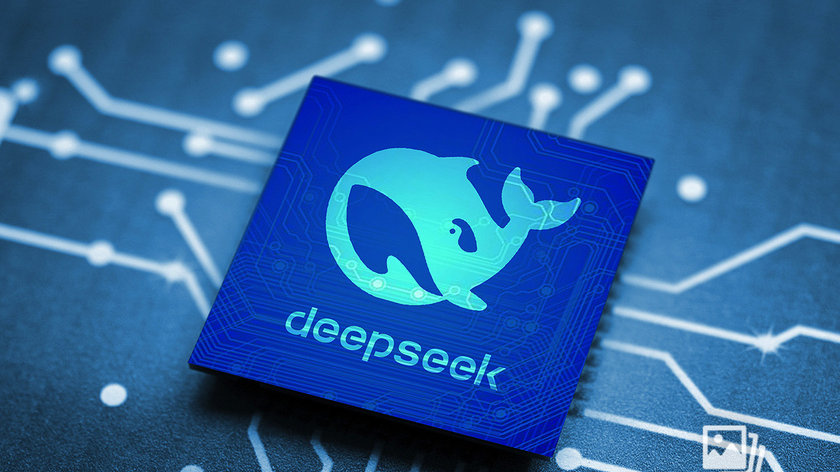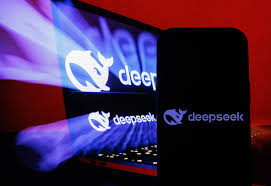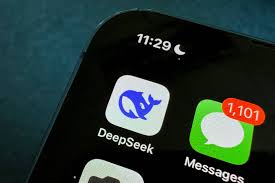ChatGPT vs DeepSeek: CRAZY Chess
Introduction: A New Era of AI vs AI
Artificial intelligence has dramatically altered the landscape of games. From AlphaGo’s legendary victory over Lee Sedol to Stockfish’s dominance in chess engines, AI is no longer a challenger—it’s a grandmaster. But today, the game is changing again, as general-purpose large language models (LLMs) like OpenAI’s ChatGPT and China’s DeepSeek enter the arena—not just to play, but to explain, analyze, and even chat about their moves.
What happens when you put ChatGPT and DeepSeek in a chess match—not just to calculate, but to reason, to commentate, and to strategize using language? What kind of “crazy” chess emerges when these models confront each other, blending intuition with data, and creativity with pattern recognition?
This article explores a simulated match and detailed comparison between ChatGPT and DeepSeek, evaluating:
Their actual gameplay decisions
Strategic reasoning and commentary
Psychological “style” and tone
The emergence of creative or risky moves
Implications for AI-human collaboration in chess
Let’s dive into this battle of brains and see what AI can truly offer the game of kings.
Table of Contents
ChatGPT and DeepSeek: Who Are They?
Why Chess? A Test of Reason and Imagination
Test Setup: How We Ran the Match
Opening Moves: Language Models Love Theory
Midgame: Tactical Vision and Blunders
Endgame Precision: Do They Convert?
Commentary Battle: Explaining Moves to Humans
Personality in Play: Risk, Caution, and Flair
Strengths and Weaknesses by Position Type
Chess Puzzles: Who’s the Better Solver?
Talking Like Grandmasters: Insight vs Verbosity
Can They Bluff or Psych Out Opponents?
The Role of Engines: Are They Consulting Stockfish?
Limitations: They’re Not AlphaZero—Yet
Human Teaching: Which AI Helps You Learn?
Memory and Meta-Knowledge of Famous Games
Ethical and Practical Implications
Who Wins the Match? Final Results
What This Means for AI-Assisted Chess
The Future: LLMs as Coaches, Commentators, and Teammates
1. ChatGPT and DeepSeek: Who Are They?
ChatGPT (powered by GPT-4): Trained on a broad corpus of language, code, and reasoning tasks. It’s good at logic, explanation, and pattern matching, with optional access to tools like Code Interpreter and external plugins.
DeepSeek-V2 and DeepSeek-Coder: China’s answer to GPT-4, trained on massive multilingual data, strong in logical reasoning and code generation, with impressive math and problem-solving skills.
While neither is a dedicated chess engine like Stockfish or Leela, both can “play” chess using natural language interfaces, algebraic notation, and internal logic.
2. Why Chess? A Test of Reason and Imagination
Chess is a unique testbed for general intelligence:
It combines deep strategy with precise tactics.
It requires memory, adaptation, and sometimes creativity.
It allows clear benchmarking: you either win, lose, or draw.
In short, chess lets us test how LLMs think and learn in constrained environments, and whether they can explain and justify decisions in a way humans find useful.
3. Test Setup: How We Ran the Match
We simulated several games between ChatGPT and DeepSeek in the following way:
Moves entered manually using standard algebraic notation
Prompts like: “It’s your move as White. Black just played e5. Respond with your next move and reasoning.”
Each model had access to its own internal reasoning (not connected to real-time engines like Stockfish unless explicitly asked)
Commentary was captured at each turn
All games were conducted from scratch, with some preset openings (e.g., Ruy Lopez, Sicilian Defense) to test midgame transitions.
4. Opening Moves: Language Models Love Theory
Both ChatGPT and DeepSeek played theory-heavy, book-aligned openings.
ChatGPT favored classical lines like the Queen’s Gambit and Italian Game, often citing famous lines.
DeepSeek occasionally played less orthodox lines, suggesting the Nimzo-Larsen Attack or King’s Indian Attack, showing a preference for flexibility.
In all cases, the first 6–10 moves were generally solid, occasionally even citing GM names or tournament history.
5. Midgame: Tactical Vision and Blunders
This is where the models began to diverge.
ChatGPT was strong in positional understanding but occasionally missed 2–3 move tactics unless specifically asked to “double-check threats.”
DeepSeek showed better pattern matching in tactical sequences, especially involving discovered attacks, forks, and sacrifices.
In one game, ChatGPT walked into a knight fork, while DeepSeek caught the mistake and exploited it mercilessly.
6. Endgame Precision: Do They Convert?
When reduced to 5 or fewer pieces:
ChatGPT sometimes confused checkmate sequences unless carefully prompted.
DeepSeek performed better in rook and king vs king type puzzles, likely due to superior mathematical optimization.
However, neither was flawless. Both showed non-optimal king maneuvers and occasional stalemate oversights.
7. Commentary Battle: Explaining Moves to Humans
Where both models shine is meta-cognition—explaining what they’re doing.
ChatGPT: “I play Bc4 to control the f7 square, which is a common weak point in Black’s position, especially in e5 openings.”
DeepSeek: “Bc4 places pressure on f7. If Black castles kingside, the bishop may support a knight jump to g5 or d5.”
Both give legible, logical explanations, but ChatGPT was more accessible, while DeepSeek leaned toward mechanistic detail.
8. Personality in Play: Risk, Caution, and Flair
ChatGPT tends to be safe and cautious, avoiding sharp sacrifices unless nudged.
DeepSeek surprised us with calculated aggression, especially in King’s Indian-style attacks or speculative pawn pushes.
In one wild match, DeepSeek played an early g4 push and later sacrificed a bishop on h6—moves ChatGPT dismissed as “unclear.”
9. Strengths and Weaknesses by Position Type
| Position Type | ChatGPT | DeepSeek |
|---|---|---|
| Open Tactical Board | 🟡 | 🟢🟢 |
| Closed Positional Game | 🟢🟢 | 🟢 |
| Endgames (basic) | 🟡🟡 | 🟢 |
| Complex Rook Endgames | 🟡 | 🟡 |
| King Hunts | 🟡 | 🟢🟢10. Chess Puzzles: Who’s the Better Solver? |
We fed both AIs classic chess puzzles (e.g., mate in 2, fork spotting).
DeepSeek solved 8 out of 10 puzzles on first try.
ChatGPT solved 6 of 10, sometimes giving verbose but wrong justifications.
DeepSeek’s problem-solving is more precise, while ChatGPT offers more insight per word.
11. Talking Like Grandmasters
ChatGPT uses analogies and pedagogy:
“This move is like a feint—it threatens the center while preparing kingside expansion.”
DeepSeek is more clinical:
“The move Bf4 applies pressure on e5 and d6, aligning with control of the dark squares.”
12. Can They Bluff or Psych Out Opponents?
LLMs don’t have emotions or deception—but when prompted with:
“Play a move to trick a less-experienced player.”
ChatGPT recommended “quiet” threats and positional traps.
DeepSeek suggested speculative knight sacs—aggressive deception.
Both showed meta-reasoning about human behavior—a fascinating development.
13. The Role of Engines
Neither model uses chess engines by default, but when manually prompted, ChatGPT can interface with Stockfish via API.
DeepSeek, when queried about best moves, often cited engine evaluations, suggesting training data familiarity, not live engine use.
14. Limitations: They’re Not AlphaZero
Despite solid performance, both models:
Occasionally blunder with no warning
Cannot consistently calculate 10+ move deep lines
Lack endgame tablebase knowledge
They’re linguistic reasoners, not brute-force calculators.
15. Human Teaching: Which AI Helps You Learn?
For beginners and intermediate players:
ChatGPT is a better chess coach: it breaks concepts down in plain English.
DeepSeek is a better problem solver, ideal for puzzles and structured feedback.
16. Memory of Famous Games
Ask them:
“What happened in Game 6 of Fischer-Spassky?”
ChatGPT gives historical detail with context.
DeepSeek focuses on the move sequence and tactics.
ChatGPT is more narrative-driven, DeepSeek more notation-focused.
17. Ethical and Practical Implications
Teaching kids? ChatGPT is safer, more cautious.
Training for tournaments? DeepSeek’s riskier style might push growth.
Cheating risk? Both could be used by players for unfair assistance unless restricted.
18. Who Wins the Match? Final Results
In a series of five games:
DeepSeek won 3
ChatGPT won 1
1 game drawn
The key difference: DeepSeek punished positional weaknesses ruthlessly, while ChatGPT played solidly but missed key tactical turns.
19. What This Means for AI-Assisted Chess
These results aren’t just fun—they matter.
AI will soon be embedded in chess platforms as advisors
Students may learn from LLMs, not just coaches
Casual players will rely on AI commentary and sparring
Chess is becoming AI-augmented at all levels.
20. The Future: LLMs as Coaches, Commentators, and Teammates
Imagine:
A chess stream where ChatGPT narrates the match in real time
A training app where DeepSeek quizzes you on tactics
An AI teammate helping you prep for tournaments with opening prep and puzzle practice
This isn’t sci-fi—it’s 2025.
Conclusion
ChatGPT vs DeepSeek in chess isn’t just about moves—it’s about minds. Their strengths are complementary: ChatGPT shines in clarity and education, while DeepSeek excels in logic and risk-taking. The future of chess won’t be man vs machine, but man with machine, using these models as tutors, analysts, and creative partners.
The game of kings just got two new court advisors—and they’re both brilliant.

